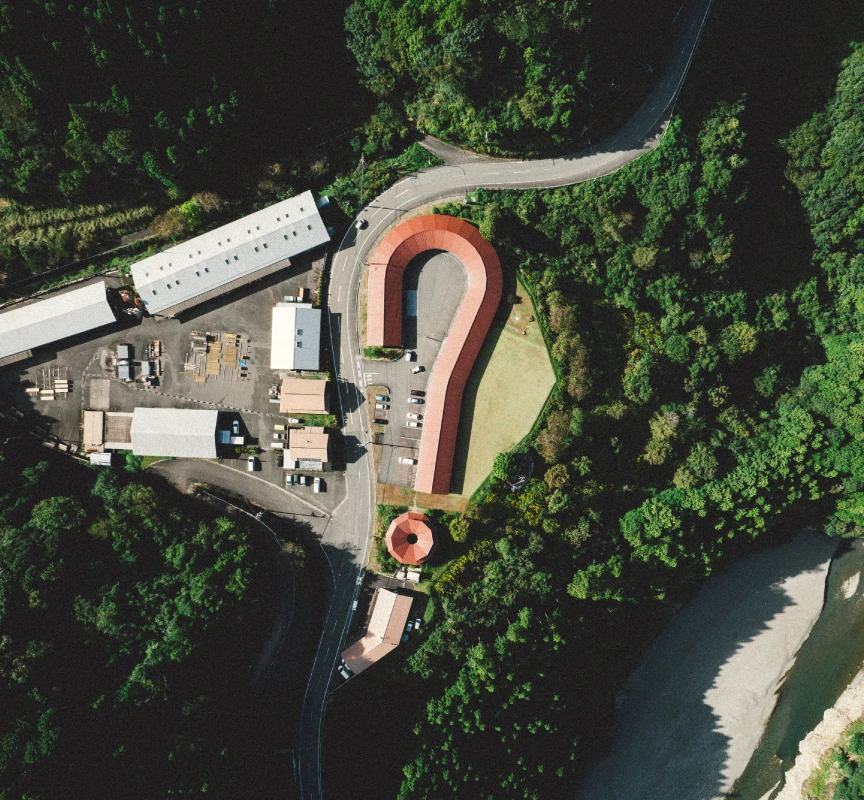Feature
What Is Waste? —Exploring the Philosophy of Waste Through the Relationship Between People and Objects
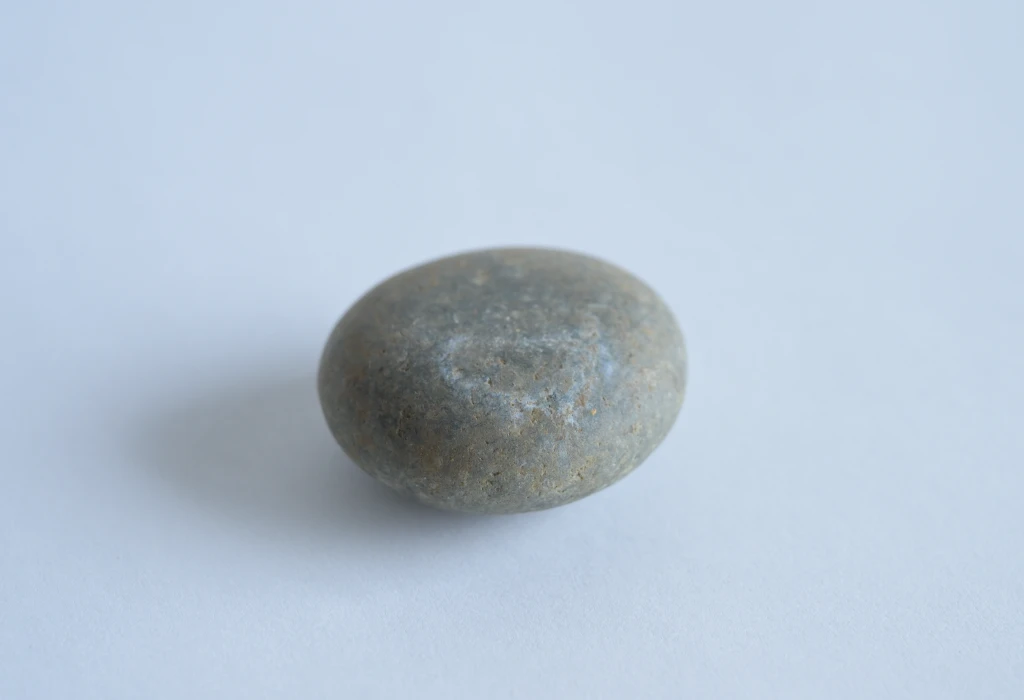
Index
Why Do We Consider a Crushed Can “Trash”?
Is a Forgotten Item Trash?
Can Something Beautiful Be Trash?
Why Do We Feel “Somehow Unable to Throw Things Away”?
Is It a Resistance to Fleetingness That Makes “Sentimental Items” So Hard to Throw Away?
A World Without Waste: A World Without Others?
Waste is a curious concept. Even a beloved T-shirt you've worn for years or a perfectly functional tool can be mentally discarded the moment you decide you no longer need it. At the same time, what is useless to one person may still hold value for another. So, what exactly is “waste”?
To explore this question, we conducted fieldwork by collecting discarded items and drifted objects from the beach. As we sorted through them, we began to realize that determining whether something is waste involves multiple factors—its function, perceived value, and individual perspectives.
To delve deeper, we visited philosopher Hiroshi Toya, bringing along the items we had gathered as well as objects from home that we struggled to classify as “waste.” Together, we examined them and engaged in a conversation.
When does waste come into existence? What does waste mean to us as humans? And is it truly waste at all? Let’s explore these questions together.
The perception of what constitutes trash varies from person to person. Today, I’d like to explore this ambiguous concept with you, Mr. Toya. Has philosophy ever directly examined the concept of “trash”?

Toya
There isn’t a major philosophical tradition dedicated to the study of trash itself.
However, we can think about trash in two broad categories. One is biodegradable waste, like food, which naturally decomposes and returns to the environment. The other consists of non-biodegradable materials, such as plastic, which do not easily break down in nature.
The latter, “trash that defies nature’s cycle,” is a relatively modern concept that emerged after the Industrial Revolution in the late 18th century. Philosophy has traditionally focused more on the themes of ownership and production—how humans acquire and utilize resources—rather than on what happens when something is discarded.
Modern trash, as we think of it today, is a mixture of these two categories and thus represents a relatively new phenomenon.
Why Do We Consider a Crushed Can “Trash”?
For this discussion, I brought some objects collected from the beach. Here is a crushed beer can. Most people would immediately recognize this as trash. But why do we so instinctively categorize it as such?

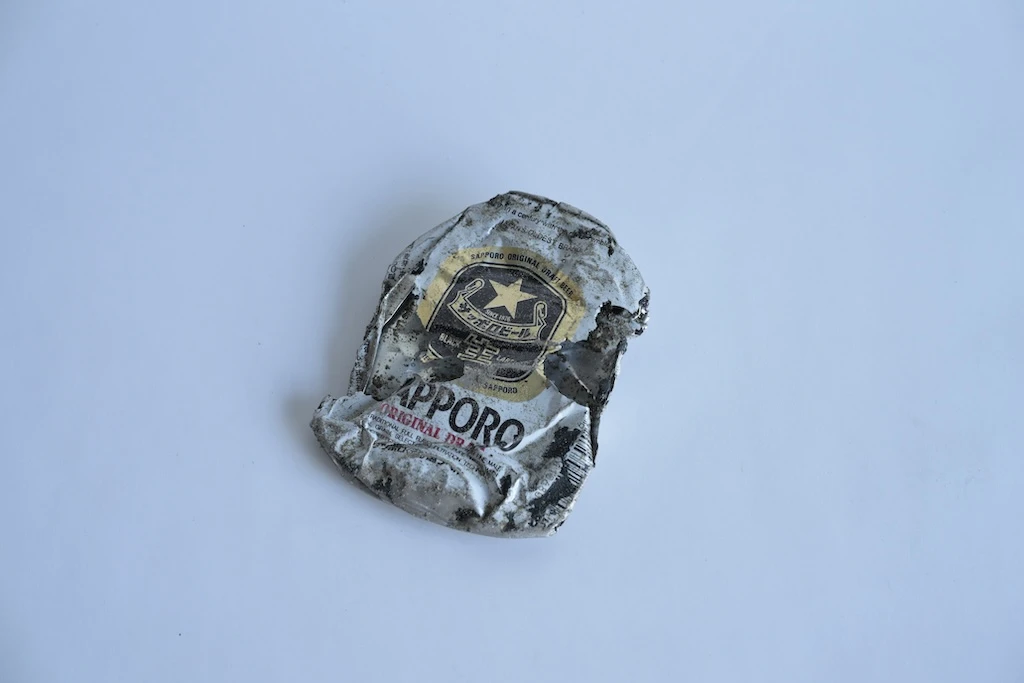

Toya
This can was originally a tool for drinking beer. Its value lies not in the can itself but in its function—to hold and deliver beer for consumption. Trash is often defined by whether an object has lost its function within its intended network of use.
This can has ceased to serve its purpose and has been removed from that network. That’s why we consider it trash.
That makes sense. It has lost its original function.

Toya
But can we be sure it has truly lost all function? What if someone placed it on the beach as a landmark? In that case, it still serves a purpose and wouldn’t be considered trash.
That’s an interesting perspective. If we take its context into account, we can’t judge solely by appearance.

Toya
On the other hand, the person who discarded the can might have intentionally crushed it to make it look more like trash.
What do you mean?

Toya
There’s no need to crush a can simply to discard it. By crushing it, the person has ensured it is perceived as waste—removing its functionality and reinforcing its status as trash. This suggests that sometimes objects don’t become trash because they have lost function but rather because we actively render them non-functional.
That makes sense. People also crumple paper before throwing it away, reinforcing its status as trash.

Is a Forgotten Item Trash?
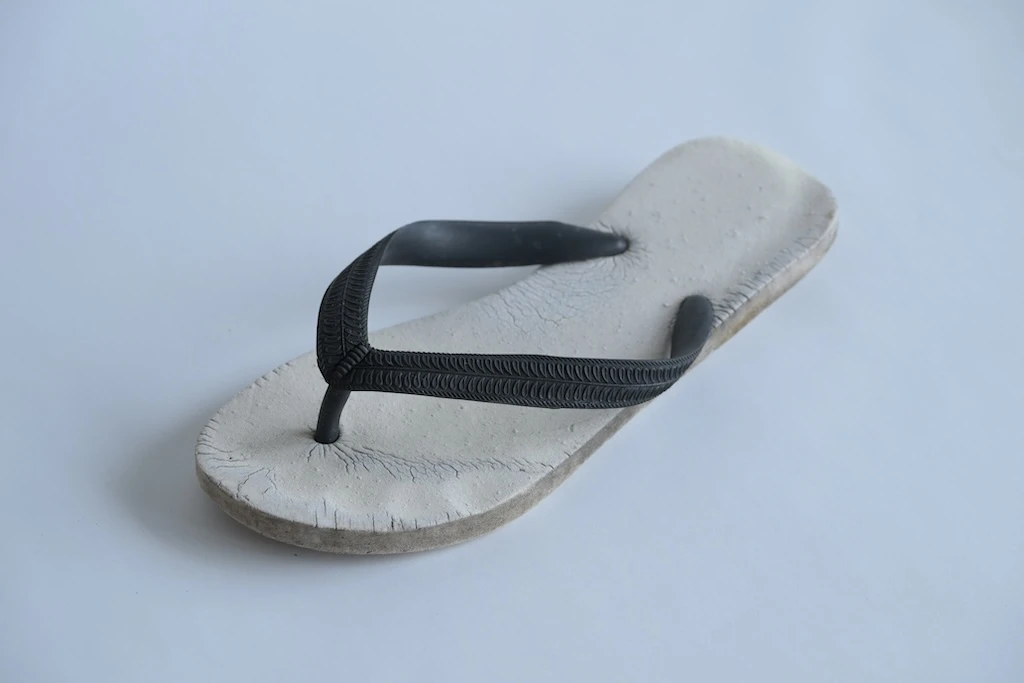
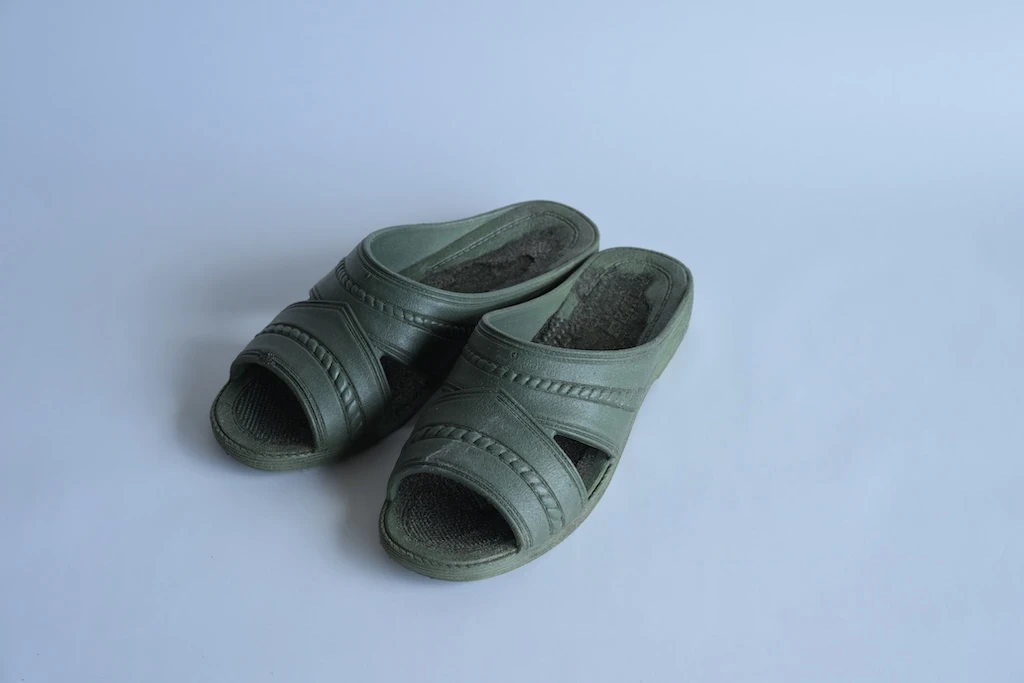
Let’s consider these two sandals. One is a single sandal, while the other is a matching pair. The single sandal seems like trash, but the pair might make us hesitate—perhaps it was simply left behind by mistake. Does this mean that the single sandal is trash while the pair is not?

Toya
Trash was once someone’s possession. The key issue is whether the owner still needs the item or has abandoned it. If the item still holds meaning within its owner’s network, it is not trash.
If the owner has forgotten about the item entirely, does that mean it has already become trash?

Toya
Not necessarily. If the owner remembers and realizes, “Ah! I was missing this!” then it remains valuable. But if they see it and think, “I don’t need that anymore,” then it was likely trash from the moment it was left behind.
So, an item can leave its owner’s network long before it is physically discarded?

Toya
Exactly. When an object is abandoned and no longer belongs to anyone, it has a high chance of being considered trash.
Can Something Beautiful Be Trash?
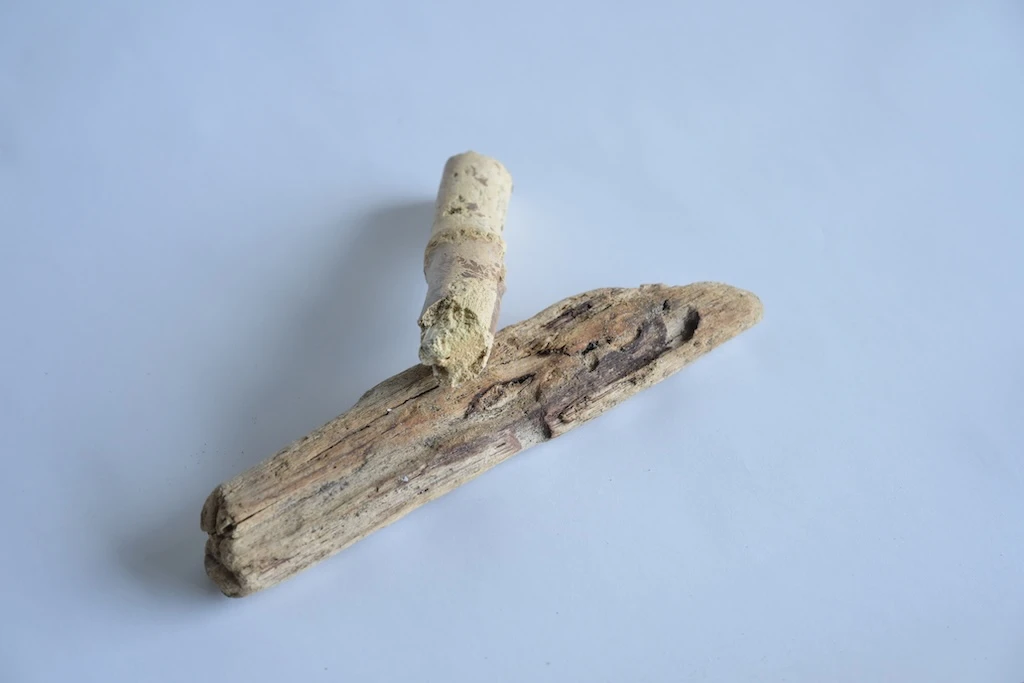
Next, let’s talk about natural objects. Here is a piece of driftwood I found on the beach. Some people collect and even sell driftwood. If a natural object has no function, can it still be considered trash?

Toya
Unlike manufactured items, driftwood was never someone’s possession. It exists within nature’s network. From that perspective, it isn’t trash.
However, human intervention can change that. Philosopher John Locke argued that an object gains value through human labor. If someone picks up driftwood and repurposes it—say, as decoration or material for furniture—it gains new value.
So humans assign value to objects arbitrarily. But if that value fades, does the object become trash?

Toya
Yes. Once an item enters the human network and loses its value within that system, it can become trash. Essentially, humans determine what is and isn’t trash.
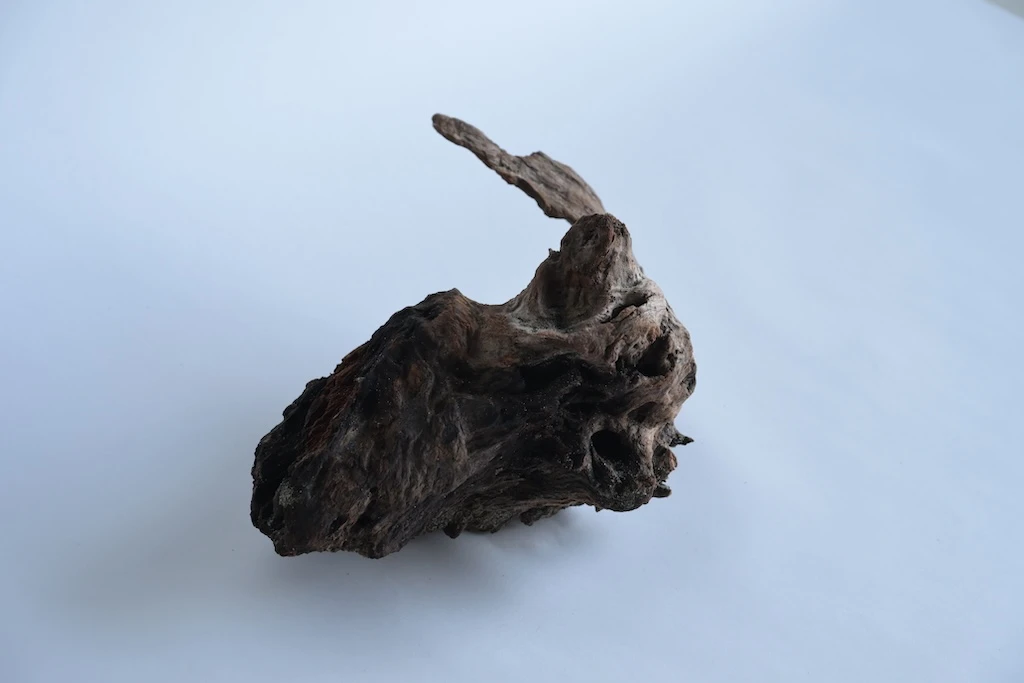
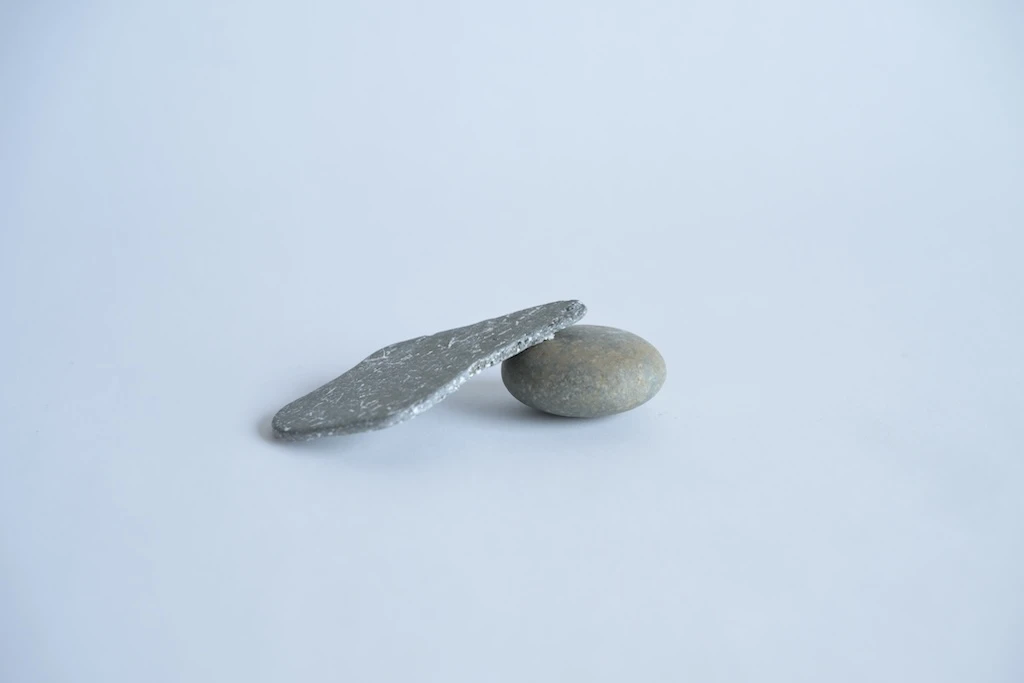
This is also driftwood, but I felt a certain strength in its presence, which made me pick it up. And this next combination of stones—I found their shape beautiful. Some people collect objects from the beach because they find them aesthetically pleasing. Do you think there is a connection between perceiving beauty and recognizing something as waste?

Toya
That’s a difficult question. If we consider usable tools as the opposite of waste, then beauty doesn’t necessarily play a role. In other words, “beautiful waste” can exist. For example, even if someone finds aesthetic value in the arrangement of garbage bags left out on collection day, they are still a waste.
That relates to the earlier discussion about whether waste is purely a subjective judgment or if authorities have the right to define it arbitrarily.

Toya
However, if that sense of beauty can serve a different purpose, then perhaps it is no longer a waste.
Using beauty for another purpose—what do you mean by that?

Toya
If someone simply discards a piece of driftwood, then at that moment, it becomes waste. Even if another person finds it beautiful, it remains a waste.
But the moment someone picks it up and thinks, “This is beautiful, so I could trade it for something else” or “This is beautiful, so displaying it in my room would lift my mood,” then it ceases to be a waste.
Furthermore, if someone picks up a piece of driftwood, holds it against the sunset, and observes the interplay of light and shadow, they are engaging in a kind of “labor.” That labor—the act of interacting with the object to experience beauty—might make it feel like their possession rather than waste. In other words, by engaging with an object in pursuit of beauty or experience, we might redefine it as something other than waste.
Why Do We Feel “Somehow Unable to Throw Things Away”?
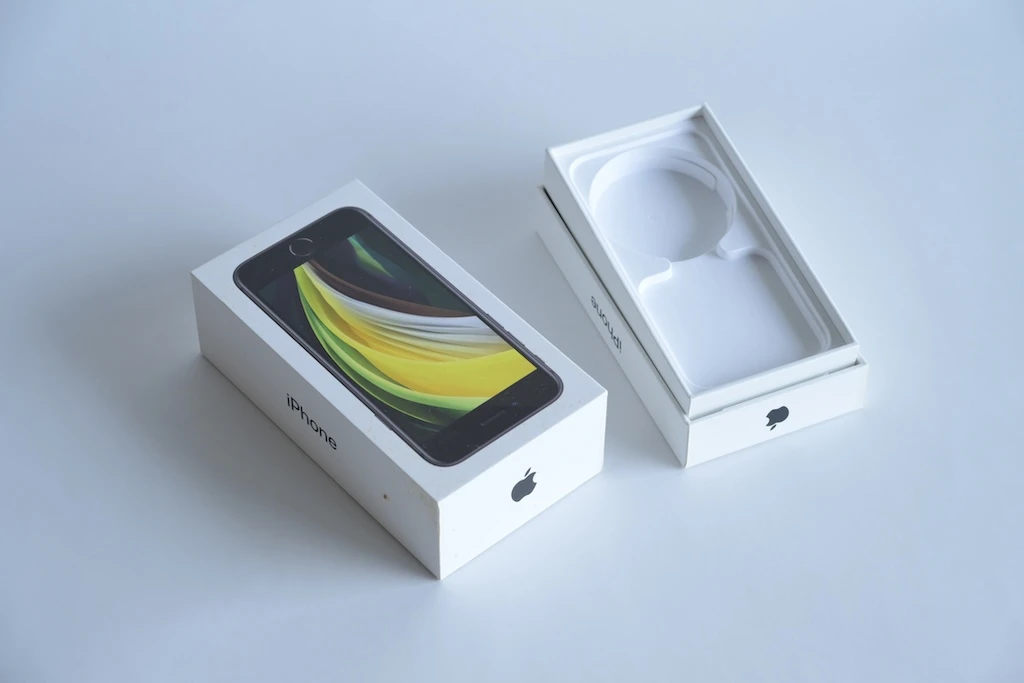
Now, let’s shift our focus to items found inside our homes. Unlike the things we pick up on the beach, these are technically our possessions. However, I realized that there are many things we don’t actually need—we just haven’t thrown them away.
This is an empty smartphone box that I’ve been keeping for no particular reason. Why do we sometimes develop this feeling of “somehow unable to throw things away”?

Toya
Boxes and bags are special objects. The French philosopher Gaston Bachelard once said that “a small box, by separating the inside from the outside, creates value within.”
For example, doesn’t simply placing something inside a box or wrapping it make it feel more valuable? In other words, it’s not the contents themselves, but the box that creates a sense of value. So, when you throw away the box, it might feel as if the value of what was once inside also diminishes slightly, making it difficult to part with. Of course, there are also people who struggle to discard things regardless of whether they are in a box or not.
The philosopher Hannah Arendt spoke about how, in modern society, people tend to convert everything they own into monetary value and perceive objects based on their exchange value. But originally, possessions were not meant to be seen this way.
Nowadays, selling personal belongings online has become commonplace. It seems like the tendency to recognize the value of objects through their role in the marketplace is growing stronger.

Toya
Exactly. Arendt also said, “Possessions and property are things that existed before I was born and are expected to remain in this world even after I die.”
A smartphone, for example, will eventually lose its function as part of the cycle of daily life—it will disappear. On the other hand, things like houses or jewelry existed before we were born and will likely continue to exist long after we are gone.
As human beings, we are fleeting by nature—one day, we will all leave this world. But possessions resist that impermanence. If we repeatedly discard things just because they are no longer needed, it could be seen as losing that resistance. Perhaps the reason we struggle to let go of certain possessions is because, deep down, we want to resist our own transience.
Is It a Resistance to Fleetingness That Makes “Sentimental Items” So Hard to Throw Away?
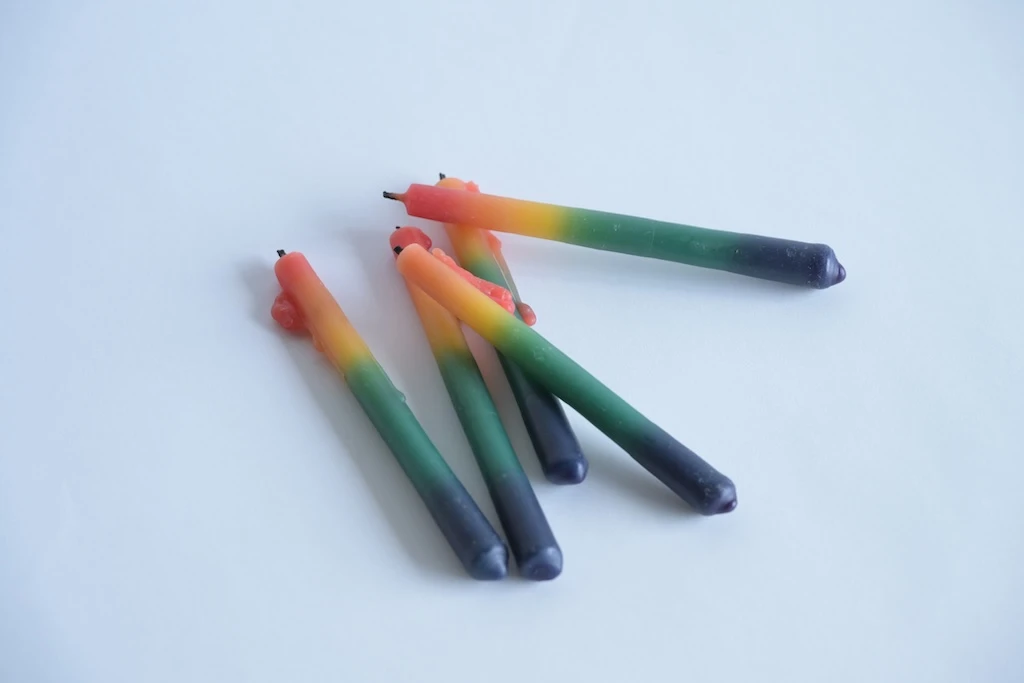
If that’s the case, then maybe this candle is something I’ve kept as a way of resisting impermanence.
This candle was used on my son's birthday cake when he turned five. I haven't been able to throw it away. Sentimental items are often difficult to part with. What kind of relationship exists between personal memories, emotions, and objects?

Toya
In today’s world of mass production and mass consumption, we are constantly pressured to keep up with a rapidly changing lifestyle. Even the things we are using now will soon become waste. When they do, we replace them with something new, only to discard it again. We live within a fleeting cycle.
However, while objects circulate in an endless loop, a person’s life is not cyclical—it moves in a straight line, from beginning to end. If we imagine material circulation as a circle, then life itself is a line.
Despite being immersed in this constant cycle of material consumption, we as humans instinctively resist it. We want to record our linear existence. Your child’s fifth birthday will never happen again. Life is the accumulation of moments that will never be repeated.
This candle, in the endless cycle of daily life, serves as a record of your child’s story. I don’t think it qualifies as waste.
A World Without Waste: A World Without Others?
This conversation has made me realize how difficult it is to define waste in a single statement.

Toya
Today’s society seems to idealize an urban space where waste is completely absent. In digital twins (virtually replicated environments) and metaverse spaces, which allow us to design the world however we please, waste does not exist. Even though waste is a normal part of the real world, we deliberately exclude it from the virtual worlds we create.
I believe that a space without waste lacks a sense of reality. Earlier, we discussed how something becomes waste when it falls out of the network of useful objects. This idea comes from the philosopher Martin Heidegger. He argued that “the world is made up of interconnected tools, and as long as they function normally, we don’t even notice their existence.”
Could you explain that further?

Toya
For example, when you’re writing with a pen, you don’t consciously think about the pen itself. But if it suddenly stops working, you immediately become aware of its presence. In other words, it is only when something loses its function that we recognize its place within a broader system of tools and objects.
So, a world without waste is also a world where it becomes harder to recognize the networks we exist within.

Toya
Exactly. When we pick up a crushed beer can, we become aware of the person who drank from it. Waste, in this way, is also part of human networks. Through waste, we realize that people with different lives and experiences are existing alongside us.
If digital spaces are considered the next evolution of human networking, then the question becomes: how do we replicate the traces and warmth left by others? In other words, how do we integrate “waste-like” elements into the digital realm to maintain our sense of social connection? Without tangible objects—whether in the real or virtual world—it would feel somewhat lonely.

Toya
A society without waste is a society where it is impossible to imagine the existence of others. Near my childhood home, there is a kaizuka—an ancient shell midden, essentially a prehistoric garbage dump. These discarded shells reveal that people once lived there. And not just any people, but humans from tens of thousands of years ago—individuals we could never possibly communicate with. Yet, their presence can still be felt. That, in a way, is miraculous.
This suggests that waste holds value beyond its original function. Even if something loses its practical use, if it allows us to sense the presence of others, it takes on a new kind of significance.


Hiroshi Toya
Born in Tokyo in 1988. After earning his degree in philosophy from Hosei University’s Faculty of Letters, he completed his Ph.D. at Osaka University’s Graduate School of Letters. He holds a Doctorate in Literature. Specializing in philosophy and ethics, his research focuses on ethical issues surrounding technology in society, rooted in German contemporary thought. In addition to his academic work, he actively promotes open philosophical discussions through initiatives like "Philosophy Cafés," fostering public dialogue.
Let’s Share!
To explore the topic of waste, we engaged with philosopher Hiroshi Toya.
Share your Monthly JP pavilion and circulate your thoughts.
